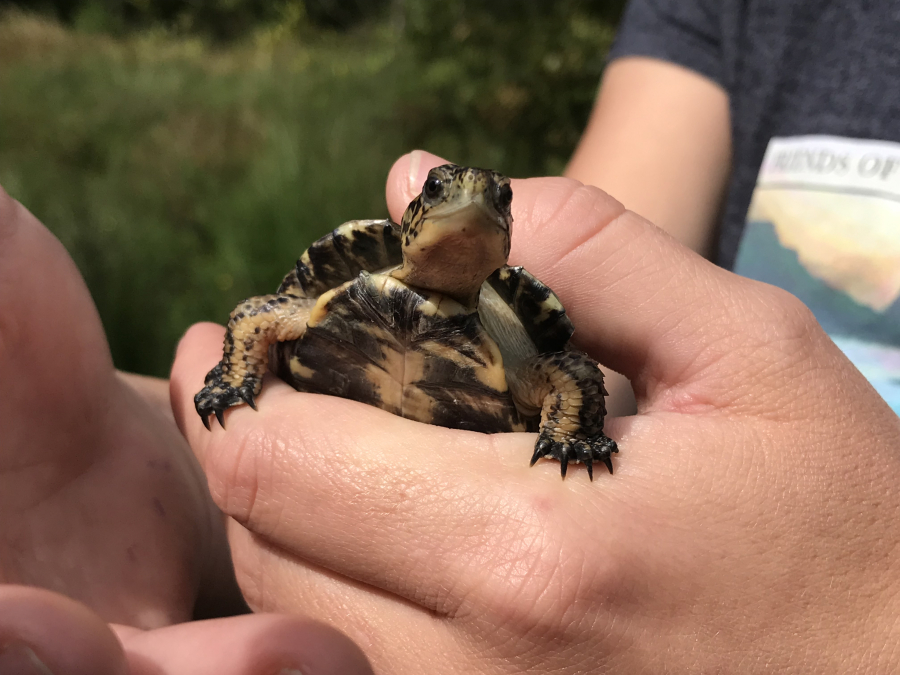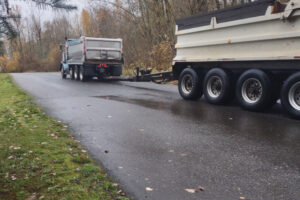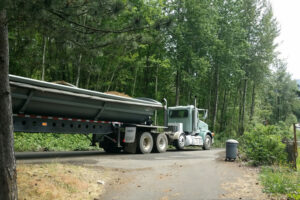An important part of the Columbia River Gorge ecosystem, the threatened western pond turtle, got a boost last week after Washington Department of Fish and Wildlife staffers released young pond turtles at “Turtle Haven,” a protected Skamania County site owned by the Friends of the Columbia Gorge.
The Sept.10 turtle release wasn’t the first of its kind, but it was the first time Washington Department of Fish and Wildlife (WDFW) has released the threatened turtles at Turtle Haven.
“This is a really unique spot with all of the ponds and streams,” Sara Woods, stewardship coordinator for the Friends group, said of the protected Turtle Haven site in Skamania County. “We saw this as a place to preserve for turtles.”
The Friends purchased the 64-acre site in 2016 as part of the group’s Preserve the Wonder land-acquisition campaign. Woods said researchers knew Western Pond turtles, a native but threatened species, had inhabited the spot in the past.
WDFW has been trying to recover and restore the pond turtle populations in Washington since the 1990s, using radio monitors to locate nesting female turtles and then taking baby pond turtles to the Oregon Zoo, where they can safely grow to sizes large enough to survive attacks by non-native predators such as bullfrogs.




